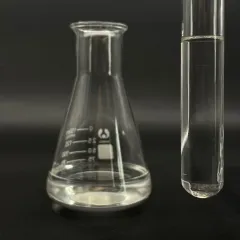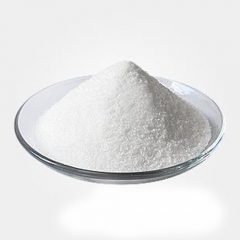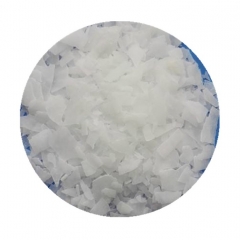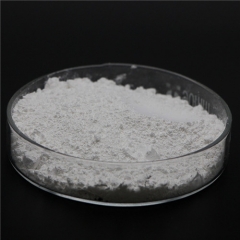Cement foaming agent, also known as foaming concrete foaming agent, refers to an admixture that can reduce the surface tension of liquid and generate a large amount of uniform and stable foam for the production of foamed concrete. Foaming agent is a kind of substance that can make its aqueous...

Betaine surfactants Sodium Salt of Polynaphthalene Sulphonic Acid CAS 36290-04-7
Betaine surfactants
It is generated by the reaction of fatty tertiary amines and salt chloroacetate, including cocoylpropyl betaine, dodecyl betaine, cetyl betaine, and lauroyl propyl betaine. It is milder than the first 3 and is currently the major surfactant in baby hair shampoo.
In 1940, the American DuPont Company designed and applied this sort of compound. Like amino acid surfactants, this sort of surfactant has solid detergency and low irritation, and the solution is weakly acidic. Animal experiments have proven that this kind of compound is much less harmful. It is an ideal surfactant.
( surfactants in shampoos)
Amino acid surfactants
Made from a mix of coconut oil and amino acids, it is secure, mild, and non-irritating. The most important point is that it is normally weakly acidic and meets the pH needs of healthy skin and hair. It is the optimal surfactant in infant shampoo. They are "cocoyl glycine," "cocoyl glutamate disodium," and so on
From the point of view of chemical properties, its pH value is in between 5.5 and 6.5, which is weakly acidic and near the pH worth of human skin. Therefore, it is gentle and skin-friendly and appropriate for all hair kinds; amino acid surfactants are zwitterionic and easily soluble in water. It is very easy to rinse clean.
However it additionally has restrictions. Amino acid surfactants are several to dozens of times extra expensive than regular surfactants, and many are hair shampoos particularly created babies and children. The negative aspects of amino acid surfactants are that they are not abundant in foam and have weak decontamination ability.
The sensation of solidification and turbidity of surfactants in winter season is mostly because of the low temperature triggering some of its elements to take shape or precipitate.
(surfactants in shampoos)
What if surfactant solidifies and comes to be turbid in winter season?
This is a physical sensation and does not have a substantial impact on the efficiency of surfactants. In order to resolve this problem, the adhering to techniques can be taken:
1. Enhance the temperature level: Position the surfactant in a cozy setting or raise its temperature level by home heating so that the taken shape or precipitated parts will slowly dissolve and the surfactant will certainly go back to a clear state. Nevertheless, it ought to be kept in mind that the temperature level must be prevented when heating up to avoid affecting the surfactant's efficiency.
2. Mixing: For surfactants that have actually strengthened or come to be turbid, they can be recovered to a consistent state by mixing. Stirring can aid taken shape or precipitated ingredients redisperse into the liquid and enhance surfactant clearness.
3. Include solvent: In many cases, a proper amount of solvent can be added to water down the surfactant, therefore improving its coagulation and turbidity. However, the included solvent must work with the surfactant and must not affect its use impact.
Supplier of Surfactant
TRUNNANO is a supplier of surfactant with over 12 years experience in nano-building energy conservation and nanotechnology development. It accepts payment via Credit Card, T/T, West Union and Paypal. Trunnano will ship the goods to customers overseas through FedEx, DHL, by air, or by sea. If you are looking for high-quality Sodium Salt of Polynaphthalene Sulphonic Acid CAS 36290-04-7, please feel free to contact us and send an inquiry.
Inquiry us [contact-form-7 id="26" title="tongrun-form"]






